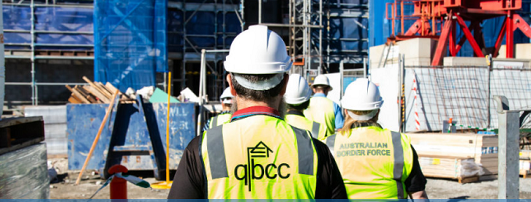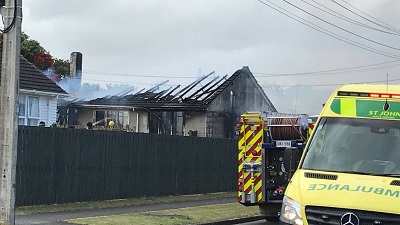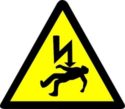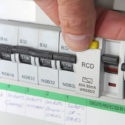
Multi Agency Gold Coast Building Sites Blitz
11/10/2019
House Fire Caused By Electrical Appliance
17/01/2020Where do most electric shock incidents occur?
A report issued by the Australian Institute of Health And Welfare reveals the most common place for people to experience electric shock incidents is the workplace.
The report titled “Electrical injuries, deaths and hospitalisations 2014–15 and 2015–16” states:
“A total of 1,065 people hospitalised between 1 July 2014 and 30 June 2016 had sustained an electrical injury, and 55 people died as a result of electrocution or lightning strike. Almost half of people hospitalised with an electrical injury occurred while the person was in paid work (497 cases or 47%), and a further 150 people sustained an electrical injury while doing unpaid work (14%).”
This table shows the breakdown of where the incidents occurred.

“In the 2-year period, almost 1,100 hospitalised cases were identified as having an electrical injury involving exposure to an electric current or lightning. Close to half (46%) of those were aged 25–44 (487 cases), with similar proportions reported for both males (46%) and females (44%).
….
Overall, electrical injuries accounted for 2,425 admitted patient care days for the 2-year period, and patients stayed an average of 2 days. Of hospitalised cases with any electrical injury, 8 (about 1%) died before being discharged, including 2 victims of lightning.”
Testing and tagging of electric appliances is recognised as an effective way to reduce the risk of electric shock incidents in the workplace. more info
Would you know what to do if a fellow worker received an electric shock? more info
See full report: www.aihw.gov.au




